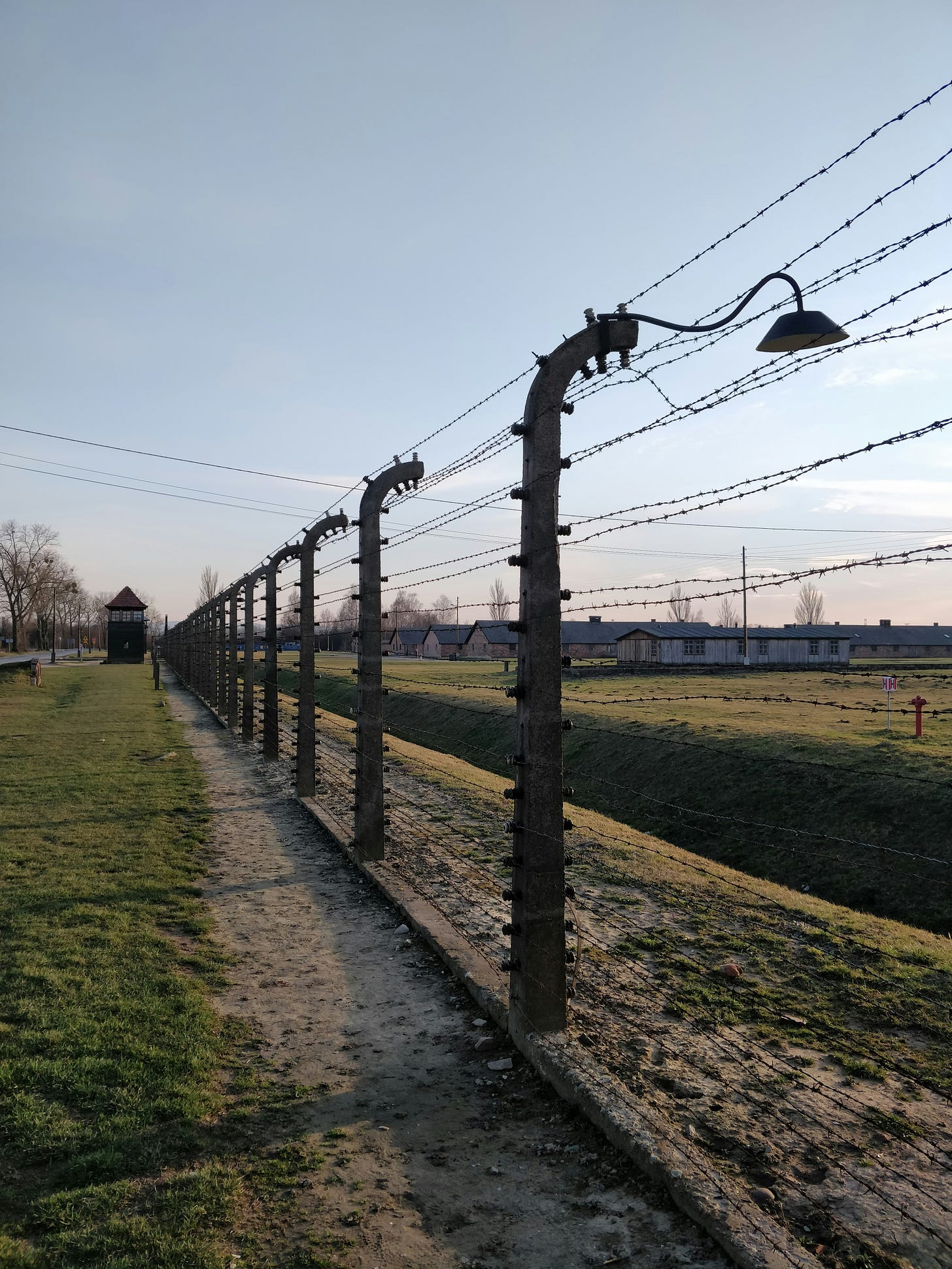Greetings! This is Part 4 in a series about myth, speculative fiction, and social change. Catch up on the rest of the series using the links below.
Part 0: Introducing the Polaris Manifesto (article)
Finally a Chance to Talk about ATLA
Myth is not just once upon a time in ancient history. Myth is alive if you're paying attention. Throughout this series I've mentioned the world-building, expansive, and beautiful potential of myth and how it has helped me imagine a life beyond racial capitalism, climate collapse, and existential despair.
World-building and expansiveness aren't inherently positive, though. What about the terror and negativity people have used myth to sow in the world?
Take the Agni Kai scene from Avatar: The Last Airbender (ATLA) and the recent Netflix remake as an example. (I like both, for the record.) To punish his son Zuko for his supposed weakness, Fire Lord Ozai challenges the boy to an Agni Kai—a fire duel tied to notions of honor and dishonor—that led to Zuko's disfigurement and exile from his home.
Agni Kai points to the term "Agnicayana," which is a complex ancient Vedic fire ritual during which participants build and tend an altar of sacred fire. The ritual emulates the creation of the cosmos according to Vedic texts, so the idea is that the person performing the ritual is also co-creating the universe. By basing their fictional genocidal, fascistic dictator on a real ritual, the creators of ATLA demonstrate how the world-building fundaments of myth can be used in nefarious ways.
Following that line of thinking, did you know the Nazis were woo af? Not in a fun way like we discussed in the previous dispatch, but woo in a way that built a world that placed certain types of bodies, ethnicities, and religions atop a hierarchy and subjugated all others.
"[Heinrich] Himmler’s position granted him administrative control of the resources of the SS-Ahnenerbe, the branch of the SS that researched “the ancient roots of German–-and by extension ‘Aryan’ -–culture, and therefore much of the work done by its members made use of philology, folklore, and archaeology as windows into the pre-Christian past” (Moynihan and Flowers 26). In 1936, after encountering the book Crusade Against the Grail, Himmler commissioned Otto Rahn to lead the Nazi search for the Holy Grail in Iceland and to explore more of Himmler’s own mystical interests...he used the SS-Ahnenerbe to pursue his own esoteric interests and belief in Aryan superiority with resources the Third Reich had acquired in part through property theft from Jewish prisoners via the Arisierung."
-Jasmyne Gilbert1

Let’s not stop at Nickelodeon and esoteric Nazism. Another example even closer to home is the concept of manifest destiny, which is the idea that a divine power granted colonists the right to expand westward in the U.S., decimate entire nations, and bend the land to one's will to build a settler colony. Some of my research has explored how "a core element of the United States’ civil religion is violence as demonstrated through such historic examples as our use of manifest destiny and genocidal violence against Indigenous communities to expand the country’s borders. Additional examples include systematizing and expanding the practice of chattel slavery, our Constitutional protection of firearms and the cultural acceptance of the mass shootings that adhering to that social contract engenders, and the disproportionality of the country’s defense budget when compared with that for education."2
This deranged, threatening mythology builds worlds that inspire the worst atrocities in history. Developing the skills to recognize world-building practices in real life, and then honing our critical, counter-surveillance, and strategic capacities helps our communities recognize when we are living out myths that are unworthy of our consent. Mythic critique can help us spot the threads of the wireframes that make up our systems.
Critique and Construction

I am learning to use both the critical and constructive capacities of myth to envision new worlds; both are urgently necessary. It takes practice to learn how to see mythic frameworks at work in the world, to see where we are living out nefarious constructs and instead choose to build worlds that are more compelling.
It's important to read Hartman and Marx and Fanon and Foucault and Davis and Kelley and Kaba because they deftly dissect the systems of dominance in our world. They help us see where we are caught in a lethal web. It has also been just as important for me to read Butler and Jemisin and Morrison and Chambers and brown because they show me how to build worlds rooted in liberatory imagination, not just deconstruct them. It turns out that speculative fiction and myth are great outlets for practicing new worlds.
I think Robin D.G. Kelley said it best:
“Without new visions, we don’t know what to build, only what to knock down. We not only end up confused, rudderless, and cynical, but we forget that making a revolution is not a series of clever maneuvers and tactics, but a process that can and must transform us.”
― Robin D.G. Kelley, Freedom Dreams: The Black Radical Imagination
Creative Prompts
Use these prompts to pull a new world from your imagination. Whether you're a writer, a visual artist, a musician, or something in-between, use that spark of imagination to invite us into your creative vision.
Who is your favorite villain in pop culture, history, or otherwise? Alternatively, who is the most compelling Big Bad to you?
What world do they promise to build?
What about that person's actions draws your attention? How would you describe their worst actions?
Make a case in support of your villain and a case against them.
CEUs
It's important to me to share other audio, text, and video resources that may help you tap into the wave of wisdom that informed this part of the Polaris Manifesto. I've curated several free resources on Are.na for you to enjoy, and a shorter list of pdf and epub materials for paid subscribers below. Enjoy!
Note: This post contains affiliate links. If you choose to purchase books using my Bookshop affiliate links, I will receive a small commission on your purchase.
Ursula K. Le Guin, The Ones Who Walk Away from Omelas short story
Andrewism, Political Cults video
Lucille Clifton, "why some people be mad at me sometimes" poem
Imaginary Worlds podcast, Fantasy and Fascism Part 1 and Part 2
NK Jemisin, Emergency Skin short story
Rebecca Roanhorse, "White Hills", short story
Altar of Fire, agnicayana documentary
Hulu, Paradise series trailer
Michael Moynihan and Stephen E. Flowers. The Secret King: The Myth and Reality of Nazi Occultism book
Roberta Coles, "Manifest Destiny Adapted for 1990s' War Discourse: Mission and Destiny Intertwined" journal article
Nicholas Goodrick-Clarke, Black Sun: Aryan Cults, Esoteric Nazism, and the Politics of Identity book
Trump Jr., Miss Universe tweet
For paid subscribers
Keep reading with a 7-day free trial
Subscribe to Between Starshine and Clay to keep reading this post and get 7 days of free access to the full post archives.
